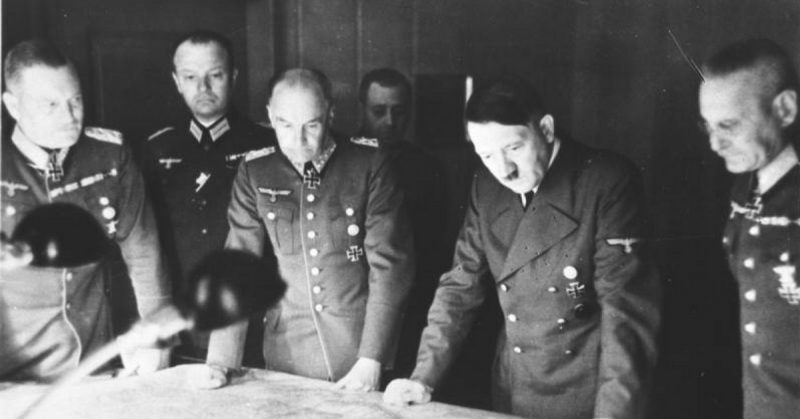Adolf Hitler was not a man willing to listen to the opinions of others. Despite evidence to the contrary, he consistently believed he knew better about military matters than his senior commanders. Given the brutality with which he had seized power, and the iron grip he kept on it, disagreeing with him could be dangerous. However, several of his senior commanders clashed with him, trying to persuade the Fuhrer that there were better ways to fight the war.
Sepp Dietrich
Josef “Sepp” Dietrich had established himself as a respected member of the SS during the 1930s. When war came, he served with distinction in the invasions of Poland and France, as well as the fighting in the Balkans. On the Russian front, his division captured Taganrog. As the SS became more and more like a full military force, he shifted from commanding infantry to becoming a Panzer general.
In December 1944, Dietrich’s 6th Panzer Army was to lead Hitler’s counterattack against the Allied invasion of western Europe. Dietrich could tell in advance that the attack through the Ardennes would be a disaster. The roads were not good. His men lacked training and experience. What little fuel they had could not be adequately distributed.
Dietrich repeatedly protested against the plan, but Hitler insisted that it go ahead.
From the first day, it was a failure. German forces were trapped in what became known as the Battle of the Bulge.
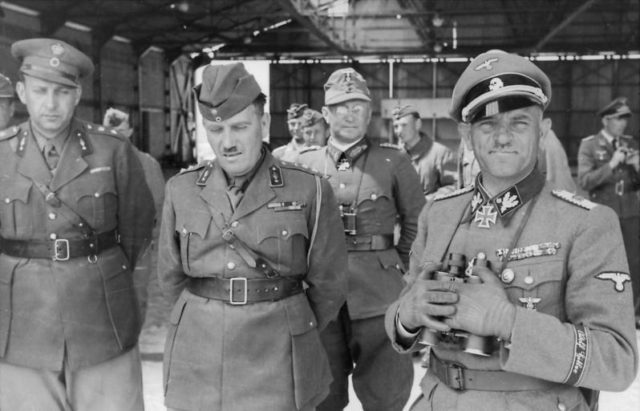
Heinz Guderian
General Heinz Wilhelm Guderian was one of the greatest tank commanders of WWII. He was a man whose innovations shaped German tactics. He was also one of the very few people who repeatedly stood up to Hitler.
Following the fall of Poland, many German army commanders feared Hitler would insist on invading France, overstretching German resources. Guderian voiced their concerns. His integrity and the respect Hitler held him in enabled him to express their dissent safely. However, Hitler’s mind was made up.
When German attention shifted east, Guderian was put in charge of nine divisions for Operation Barbarossa, the invasion of Russia. Once again, he thought the plans of his superiors deeply flawed. He was threatened with court-martial as he worked around superiors to do his job.
As the advance into Russia disintegrated, Guderian visited Hitler. He tried to talk the Fuhrer out of the wasteful invasion, but all his evidence and reasoning was worth nothing. On December 26, 1941, after also clashing with his superior von Kluge, Guderian was relieved of duty.
After a year of idleness, Guderian was recalled in February 1943. Working on German armaments and then commanding troops again, he continued to argue with Hitler. Among other disagreements, he futilely suggested that the Fuhrer hand military leadership back to an experienced general. Despite their differences, Guderian resisted attempts to draw him into plots against Hitler.
In March 1945, after a final bitter row with Hitler, Guderian went on sick leave. He was captured by the Americans, who found him with a Panzer unit, well away from his leader’s madness.
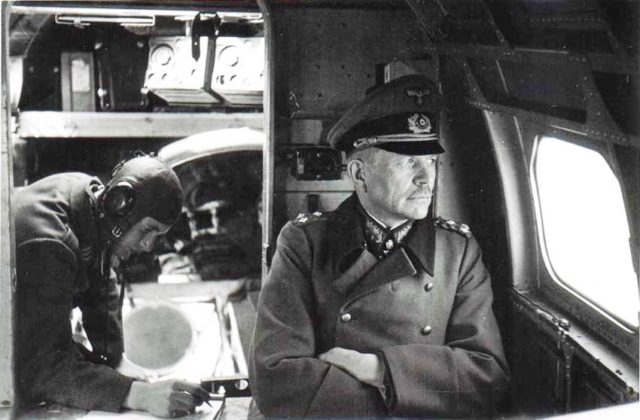
Manstein
Field Marshal Erich von Manstein was a great strategist and strategic planner. Unfortunately for him, his intelligence often led to conclusions Hitler did not want to hear.
Early in the war, Manstein was disappointed to discover that Hitler had no strategic plan for an end game, whether forcing an enemy surrender or a political settlement. On a lower level, Manstein disagreed with the strategy for invading France. On this, he got his way, persuading Hitler to change plans and follow his scheme of a single strong strike.
When moved to the Russian front, Manstein repeatedly disagreed with Hitler. He saw opportunities to beat the Russians through strategic withdrawals, but Hitler insisted he fought for every inch of ground. When Hitler finally let Manstein have his war of maneuver, a Russian offensive was halted. Hitler then called off the counter-attack, Operation Citadel, just as Manstein believed he was on the verge of victory.
In the early months of 1944, Manstein repeatedly begged Hitler for more freedom to fight the war his way. He interrupted the Fuhrer and made sarcastic comments about his plans. On March 30, events came to a head. Hitler awarded Manstein the Swords to the Oak Leaf of the Knight’s Cross, then relieved him of duty.
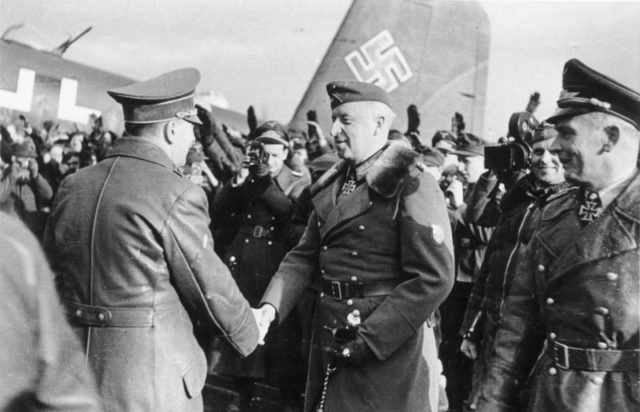
Walther Model
A general who often visited the front lines, Walther Model saw first-hand how tough the eastern offensive was. In the fall of 1943, Hitler complained about the quality of the troops. What had happened to the fighting spirit of 1941, the Fuhrer demanded. What had happened to the soldiers who had once shown such courage?
“The men of 1941 are dead,” Model responded, incensed at the insult to his soldiers. “Their graves lie strewn across the whole of Russia.”
It was not the only time he clashed with Hitler. Like Manstein, he asked for freedom to fight in Russia but was not allowed. Like Dietrich, he objected to the Ardennes offensive but got nowhere. As Germany collapsed, he refused to follow orders and destroy factories in the Ruhr.
Despite it, he considered himself bound by his oath of loyalty to Hitler. He committed suicide rather than surrender.
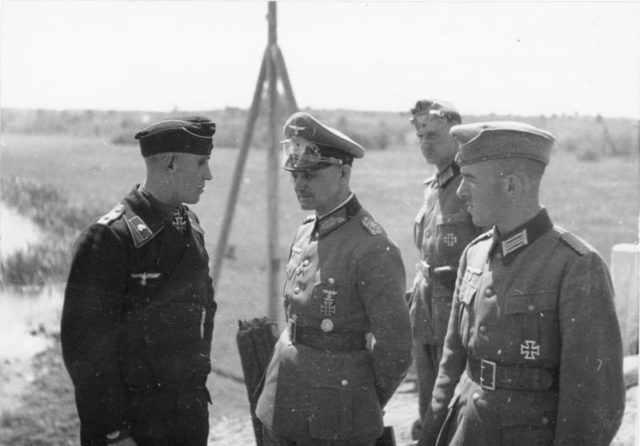
Erwin Rommel
Rommel, the Desert Fox, led Axis forces in successful campaigns in North Africa. When the Allies gained the upper hand, he asked permission from Hitler to retreat. Hitler would not allow it, a decision that began a journey into disillusionment for Rommel.
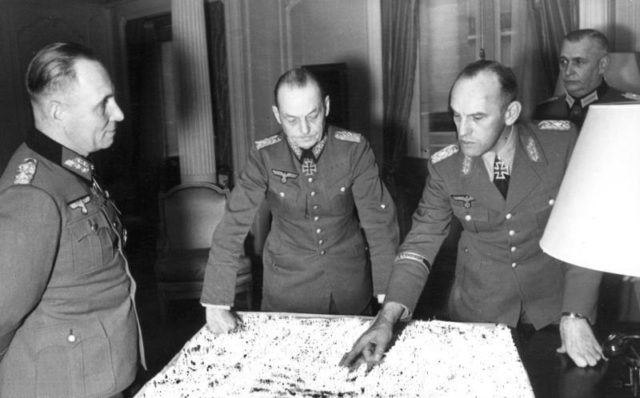
Their next major clash came in June 1944, when Hitler openly criticized Rommel’s handling of the defense of Normandy and refused him permission to fight the war as he saw fit. Hitler was determined to see a tenacious defense and to continue fighting to the last man.
His disagreements with Hitler became Rommel’s downfall. Implicated in a plot to kill Hitler, he agreed to commit suicide rather than face trial for treason.
Sources:
James Lucas (1996), Hitler’s Enforcers: Leaders of the German War Machine 1939-1945
David Rooney (1999), Military Mavericks: Extraordinary Men of Battle
